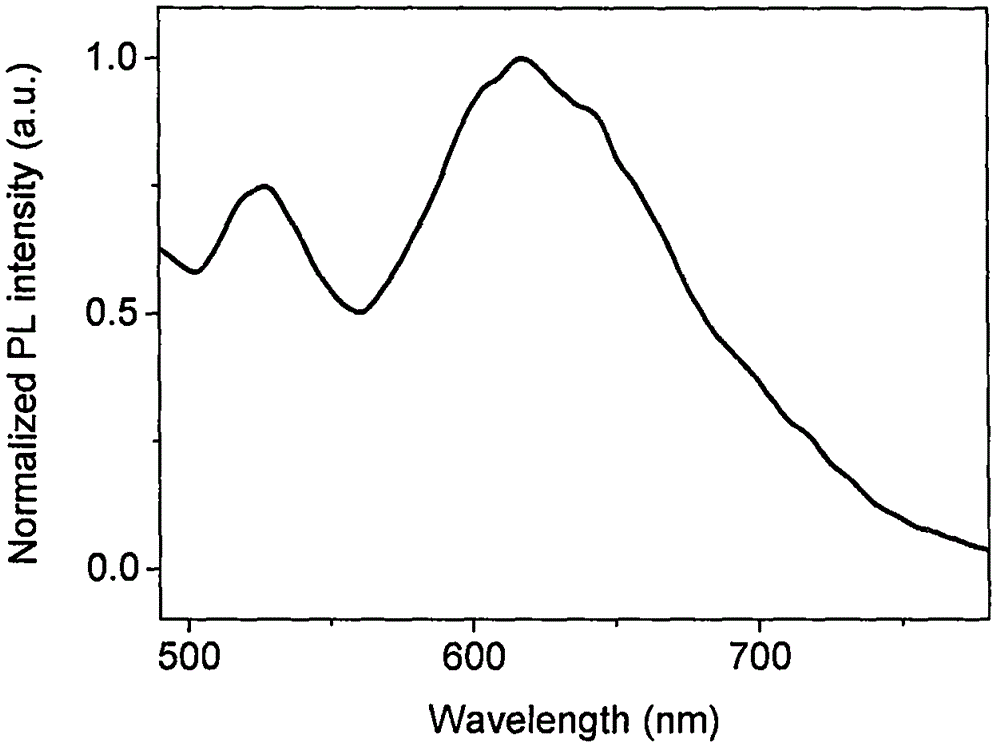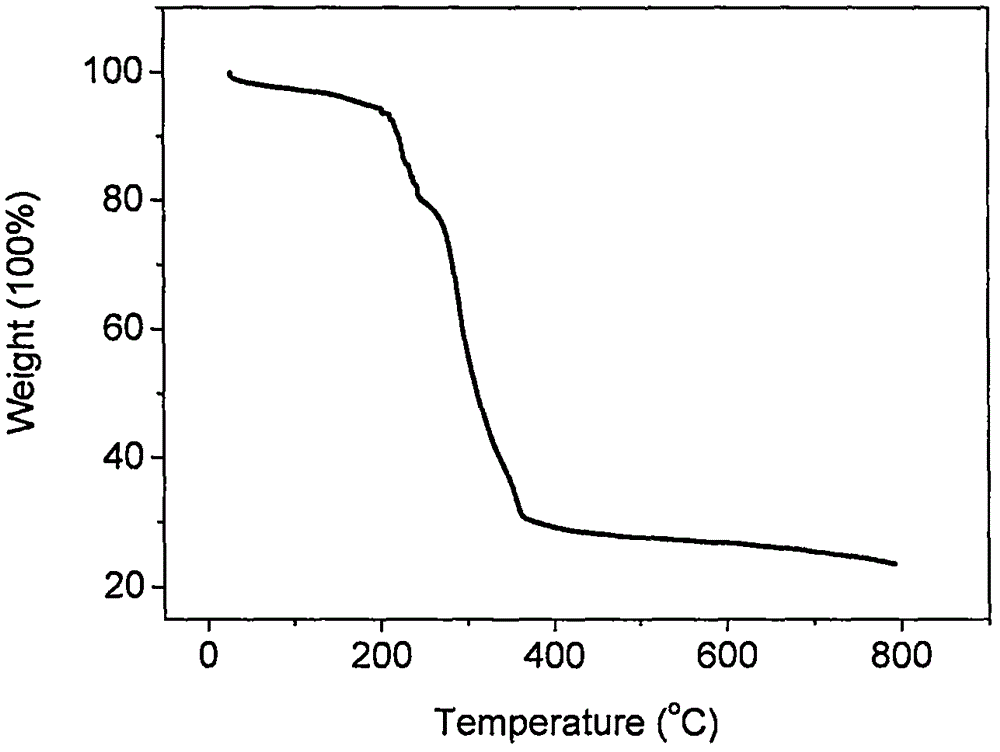Platinum complex organic light-emitting material and application thereof
A technology for luminescent materials and platinum complexes, which is applied in the fields of luminescent materials, organic chemistry, imino compound preparation, etc. to achieve mild conditions, simple reaction operations, and good photophysical properties.
- Summary
- Abstract
- Description
- Claims
- Application Information
AI Technical Summary
Problems solved by technology
Method used
Image
Examples
Embodiment Construction
[0023] Implementation column 1
[0024] 1) Take aniline (307mg, 3.27mmol) and 3,5-di-tert-butyl salicylaldehyde (756mg, 3.23mmol), place in a 50ml round bottom flask, add 15ml of dehydrated ethanol, magnetically stir, at 75 degrees Celsius Reflux for about 6 hours, cool in a refrigerator until a large amount of orange-yellow solid precipitates, and filter under reduced pressure. Wash with 95% ethanol for 2-3 times and dry in a drying oven. The product is an orange-yellow powder, weighing 0.504 g, and the yield is 50.3%. 1 HMMR (CDCl 3 400MHZ) δ13.69(s, 1H, OH), 8.64(s, 1H, HC=N), 7.47-7.38(m, 4H, Ar-H), 7.28(d, J=7.5Hz, 2H, Ar- H), 7.22(d, J=2.4Hz, 1H, Ar-H), 1.48(s, 9H, CH 3 ), 1.33 (s, 9H, CH 3 ).IR: 3427, 3180, 2860, 2555, 2483, 2328, 1614, 1575, 1361, 1247, 1170, 972, 866, 759.C 21 h 27 NO (309.4452): calcd. C 81.51, H 8.79, N4.53; found C 81.66, H 8.64, N4.54.
[0025] 2) Take the dried Schiff base ligand (209mg, 0.67mmol) and place it in a 50ml round bottom flask...
PUM
| Property | Measurement | Unit |
|---|---|---|
| thermal decomposition temperature | aaaaa | aaaaa |
Abstract
Description
Claims
Application Information
 Login to View More
Login to View More - R&D Engineer
- R&D Manager
- IP Professional
- Industry Leading Data Capabilities
- Powerful AI technology
- Patent DNA Extraction
Browse by: Latest US Patents, China's latest patents, Technical Efficacy Thesaurus, Application Domain, Technology Topic, Popular Technical Reports.
© 2024 PatSnap. All rights reserved.Legal|Privacy policy|Modern Slavery Act Transparency Statement|Sitemap|About US| Contact US: help@patsnap.com










